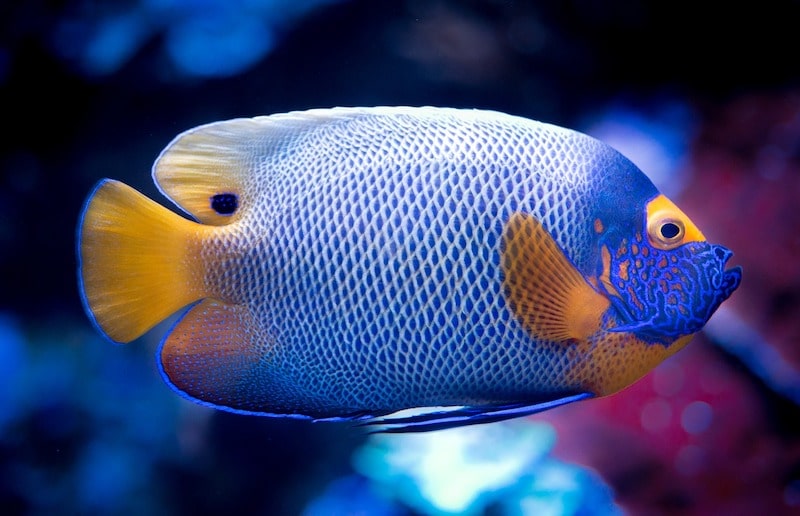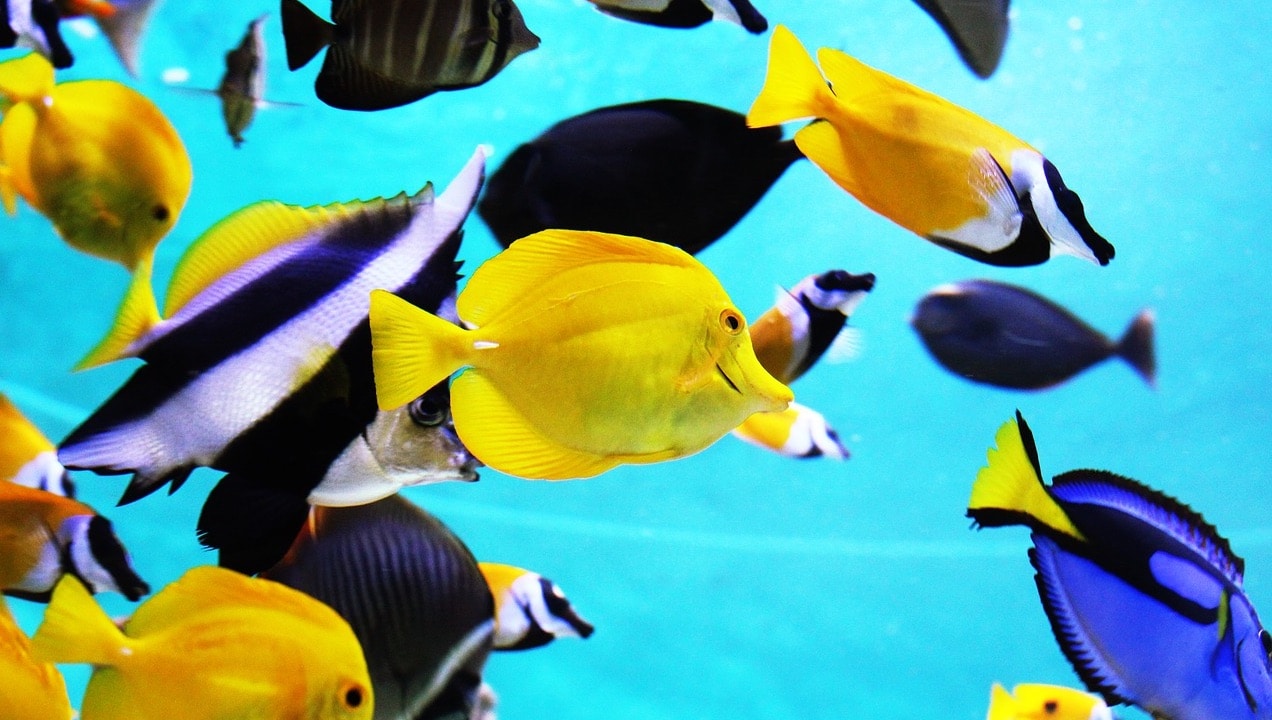We have all seen (or heard) at least one buzzing over our heads, and more and more of us have bought it: we are talking about drones, whose market has been continuously expanding since 2015.
Lately we’ve been hearing about the submersible and waterproof relatives of drones, the Unmanned Underwater Vehicles. That is, in Italian, unmanned submarine vehicles, much better known as underwater drones.
Let’s find out what underwater drones are and what they are for, let’s see what categories they are divided into and let’s consider some models.
What are underwater drones and what are they for
Underwater drones, as we have already said, are submersible and waterproof drones that allow you to remotely explore marine environments. An underwater drone is a valid help from a professional perspective, but it can also be used at an amateur level, for example by divers or anyone who wants to take suggestive shots of the seabed.

History of underwater drones
The first underwater drone prototypes were built around 1950, in the middle of the Cold War, by the US Navy.
For decades they have been used primarily as underwater minesweepers. Then, in 1973, the use of the CRUV-III drone saved the lives of the two pilots of the Pisces III, engaged in laying telephone cables on the seabed. That episode suddenly sparked interest in underwater drones, which began to be developed for scientific studies of the seabed as well.
Ma the world limelight of underwater drones dates back to 1 September 1985, with the discovery of the Titanic by a top secret mission that was actually supposed to recover two American nuclear submarines, the Thresher and the Scorpion.
Since 1990, underwater drone technology has constantly evolved. Until you get to 2001, with the turning point given by the introduction of lithium polymer batteries. In one fell swoop there was a decrease in weight and volume, therefore an improvement in performance.
The various categories of underwater drones
Like their aerial relatives, underwater drones are also divided into categories and sub-categories, each of which is distinguished by its acronym.
To simplify, we can say that the Unmanned Underwater Vehicles are divided into two main sub-categories: the Remotely Operated Underwater Vehicle (ROV), moved by a remote control in the hands of an operator above the water surface, and Autonomous Underwater Vehicles (AUVs), capable of moving autonomously underwater thanks to a previously programmed artificial intelligence.
Some add a third category, that represented by the Diver Propulsion Device (DPV), also called Underwater Propulsion Vehicle (UPV), or underwater scooters.
Characteristics of ROVs
ROVs, we said, are radio-controlled underwater drones.
They usually consist of three elements: the vehicle, the tether (or umbilical cable, which transmits the signals) and the command station. Some large models also have a launch and retrieval system.
The five classes
ROVs are in turn divided into five classes. Let’s see them quickly.
- Class I: Observation ROV. Small in size, they only have one camera, lights and a sonar. They can reach a maximum depth of about 300 meters.
- Class II: Observation ROV with Payload. Medium in size, they weigh up to 500 kilos and are equipped with two chambers as standard. They can house various sensors for scanning the seabed, or small instruments capable of performing simple tasks such as opening or closing subsea valves or the recovery and movement of small objects. They reach a maximum depth of about 3,000 meters.
- Class III: ROV for work. Large in size, they are equipped with at least three high-resolution cameras and multiple sensors for scanning and mapping the seabed. Built to withstand considerable pressures, they can reach up to 10,000 meters deep.
- Classe IV: ROV trencher. Used to dig trenches in the seabed for the purpose of burying pipes, they often rest directly on the seabed and advance by tracks or towed by a ship.
- Class V: intended for prototypes under development.

Characteristics of AUVs
Then there are the Autonomous Underwater Vehicles, able to move autonomously under water. They range in size from a few tens to several hundred kilos. They can be equipped with a huge number of sensors.
I am able to work continuously even for several days. They communicate their position through GNSS navigation modules, although the signal can only be acquired when the drone is on the surface.
The main uses of AUVs are ocean research at great depths, mapping of the seabed, recording underwater environmental information, identifying hazards for navigation, exploration and discovery of geological formations. In addition to the documentation of shipwrecks or aircraft crashes and anti-submarine military operations.
Three examples of underwater drones on the market
Of the many underwater drones of the ROV category on the market, we point out three, of different price ranges.
Chasing Dory di Chasing Innovation
It can be found for around 700 euros, e in addition to the low price it is also among the smallest and most manageable in circulation, with its 1.1 kilos. It is equipped with an umbilical cable of 15 meters, a Full HD camera and a GPS system, and has an autonomy of about an hour.
Power Ray di Power Vision
Here the price rises to around 1,000 euros but the performance also goes up: the umbilical cable is 70 meters long, the autonomy is 4 hours and can reach up to 30 meters deep. The camera records video up to 4K (3840x2160px) at 25fps, offers live streaming in Full HD at 30fps and photos at a maximum resolution of 12 MegaPixel (3000x4000px).
Titan ROV in Geneinno
At the price of about 3,000 you buy this underwater drone moved by 4 thrusters, with 2 additional ones for horizontal movement only. It travels at a speed of 13 knots and can go up to 150 meters deep. The camera ensures performance similar to that of the Power Ray.
Among the included accessories there is also a small robotic arm for taking small samples. It can be equipped with a sonar.















Leave a Reply
View Comments